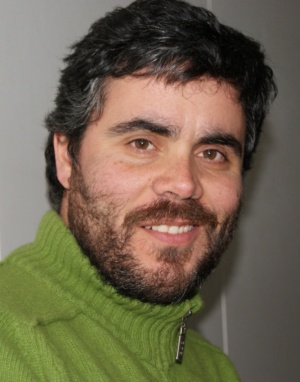Martins, G.M., Hipólito, C., Parreira, F., Prestes, A.C.L., Dionísio, M.A., Azevedo, J.M.N. & Neto, A.I. (2016) Differences in the structure and functioning of two commuities: frondose and turf-forming macroalgal dominated habitats.
Marine Environmental Research,
116, 71-77. DOI:10.1016/j.marenvres.2016.03.004 (IF2016 3,101; Q1 Marine & Freshwater Biology)
In many coastal regions, vegetated habitats (e.g. kelps forests, seagrass beds) play a key role in the structure and functioning of shallow subtidal reef ecosystems, by modifying local environmental conditions and by providing food and habitat for a wide range of organisms. In some regions of the world, however, such idiosyncratic ecosystems are largely absent and are often replaced by less notable ecosystem formers. In the present study, we empirically compared the structure and functioning of two distinct shallow-water habitats present in the Azores: one dominated by smaller frondose brown macroalgae (Dictyotaceae and Halopteris) and one dominated by low-lying turfs. Two replicated areas of each habitat were sampled at two different times of the year, to assess spatial and temporal consistency of results. Habitats dominated by small fronds were significantly (ca. 3 times) more productive (when standardized per algal mass) compared to the turf-dominated habitats, and supported a distinct assemblage (both in terms of composition and abundance) of associated macrofauna. Unlike other well-known and studied vegetated habitats (i.e. kelp forests), however, no effects of habitat were found on the structure of benthonic fish assemblages. Results were spatially and temporally consistent suggesting that, in warmer temperate oceans, habitats dominated by species of smaller frondose brown algae can also play an important role in the structure and functioning of subtidal communities and may, to a certain extent, be considered analogous to other well-known vegetated habitats around the world (i.e. kelp forests, seagrass beds).





